Browsing the "Mesozoic" Category
The Mesozoic era, meaning “middle life”, is a division of earth’s history spanning from around 252 to 66 million years ago. It is subdivided into the Triassic, Jurassic and Cretaceous periods. The beginning of the Mesozoic is characterised by a long phase of recovery following the end Permian mass extinction. The end of the Mesozoic is marked by the Cretaceous/Paleogene extinction event which wiped out the dinosaurs among other groups.
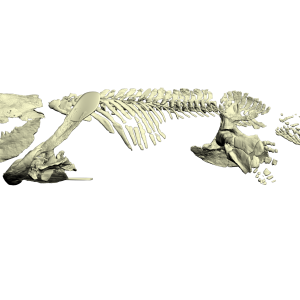
Published on January 15th, 2016 | by Liz Martin-Silverstone
One of the most difficult aspects of palaeontology is understanding how extinct animals moved around. It’s one thing to find a fossil and reconstruct it’s morphology, but it’s completely another to put that morphology into action [&hellip... Read More →
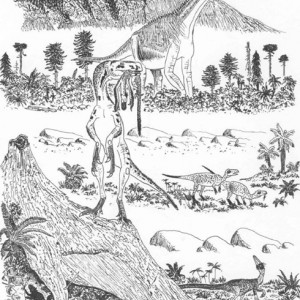
Published on January 1st, 2016 | by Liz Martin-Silverstone
The Wealden Supergroup of southern England is known for it’s Cretaceous fossils, particularly of dinosaurs, but also crocodilians, pterosaurs, lizards, invertebrates, and plants. The group represents the Lower Cretaceous, and is well known for showing us the [&hellip... Read More →
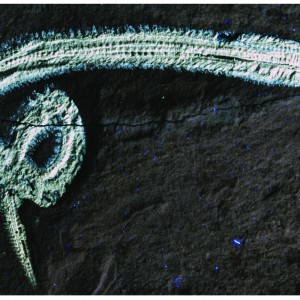
Published on November 17th, 2015 | by David Marshall
A new fossil from Lebanon is named today in BMC Evolutionary Biology as Rollinschaeta myoplena. We spoke to lead author Luke Parry about this interesting fossil and its unusual namesake. “Due to their soft bodies polychaete annelids (the marine relatives [&hellip... Read More →
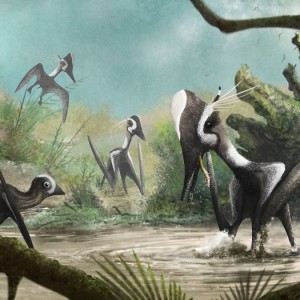
Published on November 15th, 2015 | by Liz Martin-Silverstone
Pterosaurs were the first vertebrates to achieve powered flight, and lived in the skies above the dinosaurs during the Mesozoic. They’re often mistakenly identified as dinosaurs, but are in fact a separate, closely related group. This [&hellip... Read More →
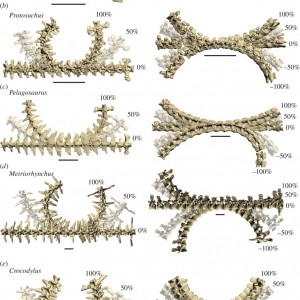
Published on November 9th, 2015 | by Liz Martin-Silverstone
Crocodylomorphs today are not thought to be the most diverse group, consisting of all semi-aquatic forms of alligators, crocodiles, and gharials. However, the fossil record shows us that this group has a very long and diverse evolutionary [&hellip... Read More →
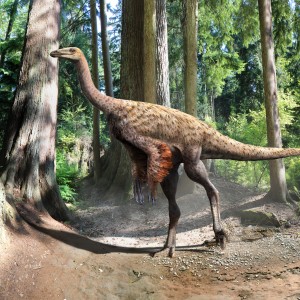
Published on November 2nd, 2015 | by Liz Martin-Silverstone
For some time now, we’ve known that most (if not all) theropod dinosaurs were feathered, but we’re still filling in the blanks of feather colouration, types of feathers, and how the feathers were distributed on the [&hellip... Read More →
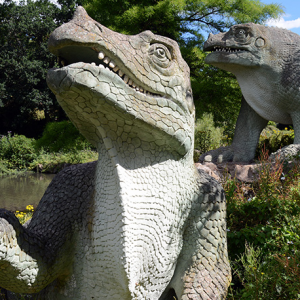
Published on November 1st, 2015 | by Joe Keating
The ‘Crystal Palace Dinosaurs’ are a series of sculptures of extinct animals including dinosaurs, other extinct reptiles and mammals, which can be found in the grounds of the Crystal Palace in London. Commissioned in 1852, these [&hellip... Read More →
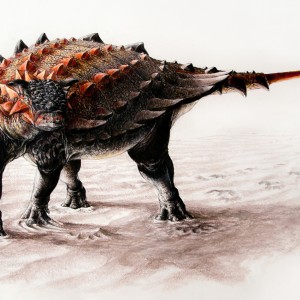
Published on October 15th, 2015 | by Liz Martin-Silverstone
Ankylosaurs are a group of non-avian dinosaurs best known for their armour, tank-like bodies, and sometimes large tail clubs. First appearing in the Jurassic, they were common in Late Cretaceous ecosystems, with several species known from [&hellip... Read More →
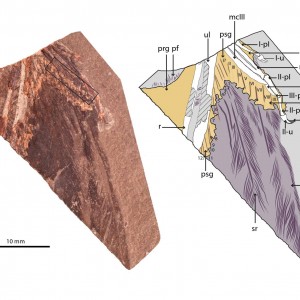
Published on October 7th, 2015 | by David Marshall
Birds have a long evolutionary history; the earliest of them, the famed Archaeopteryx, lived 150 million years ago in what is today southern Germany. However, whether these early birds were capable of flying and if so, [&hellip... Read More →
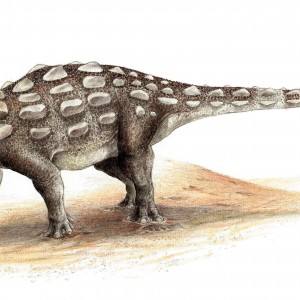
Published on September 8th, 2015 | by Liz Martin-Silverstone
Ankylosaurs are the large, tank-like, armoured dinosaurs that often had a large boney club at the end of their tail. The club is formed of osteoderms, dermal bone that has fused together at the end of the [&hellip... Read More →























